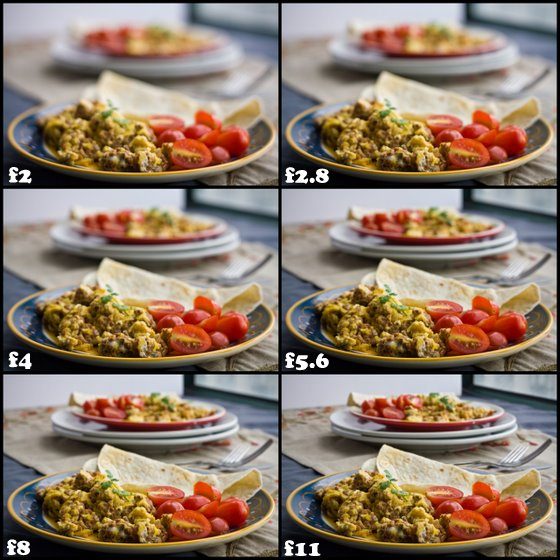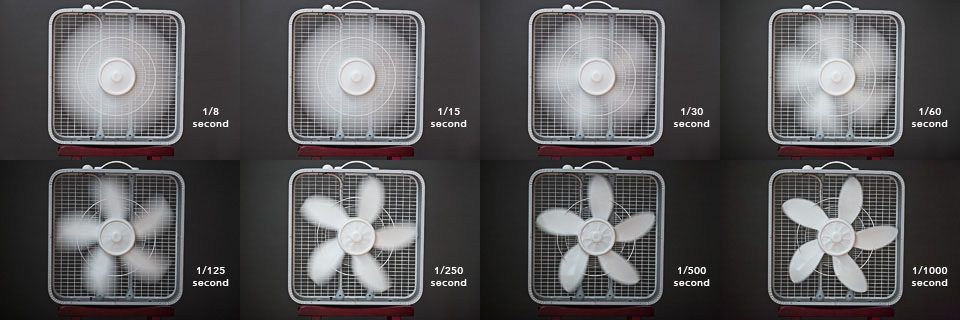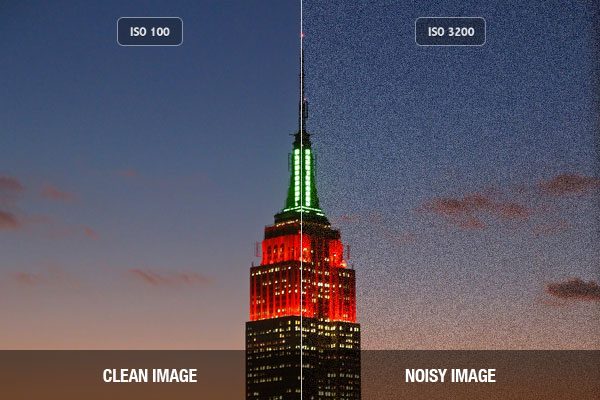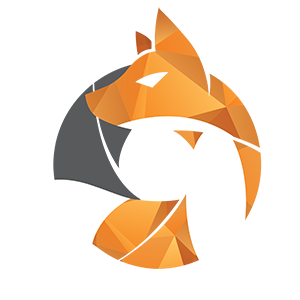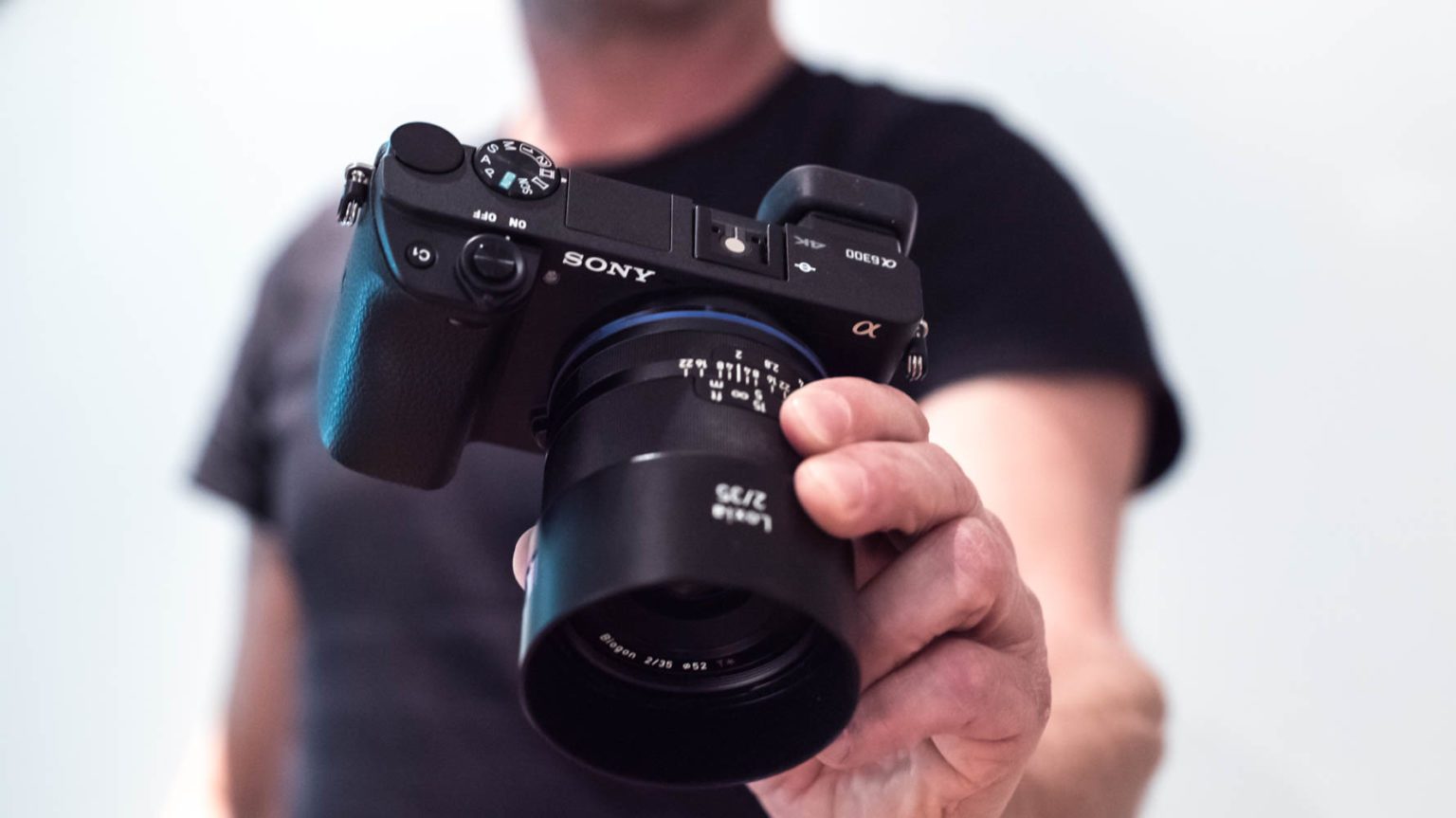
Probably one of the most common questions I get asked from people considering photo/video either as a hobby or a career is how to get started and what equipment is needed. So I would like to address that here as my very post blog post on FoxHouse Media.
Photo/Video?
Well to be fair I usually get asked about one or the other, but as time goes on, like it or not, these fields are merging — and fast. The good thing is that once you have a solid foundation of one the other will come easier. I recommend starting with photography. It’s here you can really break down exposure and how adjusting individual things like your Aperture, or shutter speed affects your image. So let’s jump right in
The Basics of Exposure
Aperture, Shutter Speed, and ISO are the 3 factors that affect the exposure of your image. So how digital cameras work is you have light that travels through your lens for a brief amount of time that hits the camera’s digital sensor. The size of the opening that the light travels through is called your aperture. The length of time the light is allowed to travel in is called your shutter speed and the ISO is how sensitive the sensor reacts to light. Adjusting these 3 things properly should give you a nice image.
Aperture:
You’ve seen it a million times. This thing. It opens and closes to control the volume of light that’s allowed to hit the sensor. It’s not actually part of the camera body but the lens itself. Different lenses have different ranges, so some lenses open up farther than others.
The main thing the aperture controls is depth of field. Word for word definition is the distance between the nearest and the furthest objects that give an image judged to be in focus in a camera. When someone new to photography talks about the “blurry background” look, this is what they’re talking about.
Below is an image I stole from the internet that does a good job demonstrating how opening and closing the aperture affects the image. Aperture is measured in something called an f-stop and is easy to spot by the f in front of the number. Typical F-Stops are 1.4, 2.0, 2.8, 4, 5.6, 8, 11, 16, and 22. F1.4 is considered very “open” and f22 is considered very “closed.” It’s common you will hear phrases like open up, and closing down when it comes to the aperture. Just know the lower the number the bigger the opening and the more light that’s getting through. If you want a larger depth of field (more things in focus) close down the aperture. If you want that “blurry background” look open up the aperture. Note: Also the closer you are to your subject the shallower the depth of field, so if you’re going for that super-blurry background look, try and get as close to the subject as possible.
Shutter Speed
Basically your camera has 2 curtains. They open/close in a sequence that allows light in for a very specific amount of time. Shutter speed is typically read as one number, but it represents a fraction of a second that is one over that number. For example a shutter speed of 100 lets light in for 1/100 of a second, a shutter speed of 400 lets light in for 1/400 of a second and a shutter speed of 800 lets light in for 1/800 of a second. Shutter speed controls motion blur. The longer the shutter remains open the more the motion blur. Motion blur can be caused both by moving the camera or a moving subject. Notice in the diagram below that motion seems frozen with a high shutter speed (1/1000) and is captured well with a slower shutter speed, making the fan seem super-fast when captured at 1/8 second.
A general rule of thumb is you always want to have a minimum shutter speed of one over your focal length when hand-holding a shot to prevent blurry images due to camera shake. (If you’re not familiar with focal length it’s measure in millimeters and it’s the number that changes as you zoom)
ISO
Iso is sort of like a digital gain that makes the sensor more sensitive to light and brightens the image. When you introduce too much ISO your image becomes noisy. A decent level of ISO is needed in most low-light scenarios. Your lens can only open up so far and your shutter speed can only stay open so long until the images become unacceptably blurry, so the only thing left to do is increase your ISO or add light, which we’ll talk about in another post.
The Balance
The trick here is to balance the 3 elements to capture the most ideal image for your shooting circumstance. If you’re shooting action sports than a high shutter speed is essential. If you’re shooting family portraits then you need to have a big enough depth of field to keep both the people in the front and back in focus, therefore your aperture has to be closed down enough. You want your ISO to stay as low as possible while still keeping the other 2 well set.
What gear should I get?
This is of course a “Depends” question a lot based on budget and where you plan on going with Photo/Video.
If you’re not 100% all-in and are just trying to see if maybe this is for you I would check out a used Canon t3i from ebay. It will run you about $300-$400 and will get you caught up to speed for sure.
If however you know this is a burning passion and want to get right in with something you could get your name out there and even make money with i recommend the following:
Photo – Used Canon 5D Mark iii (~$700)
Video – Used Sony a7iii (~$1300)
Hybrid – Used Sony a7iii (~$1300)

